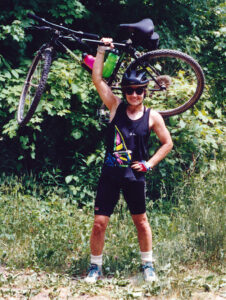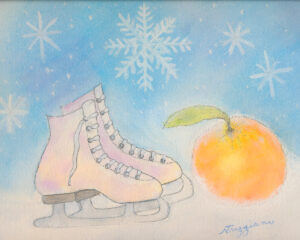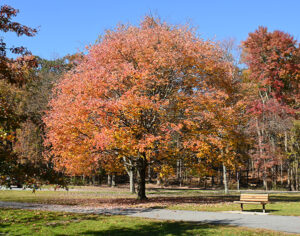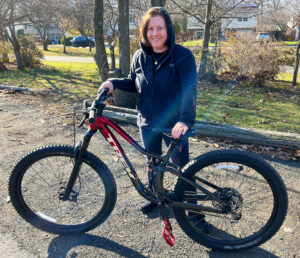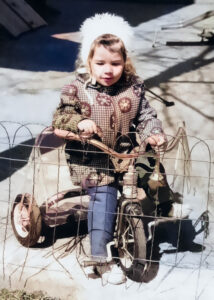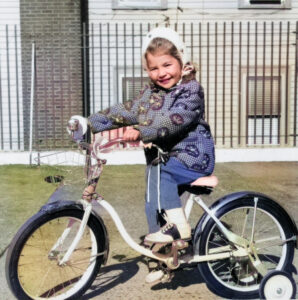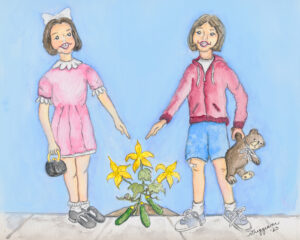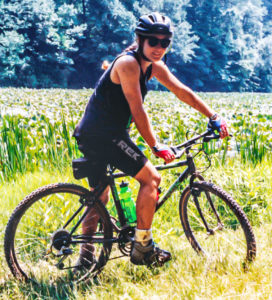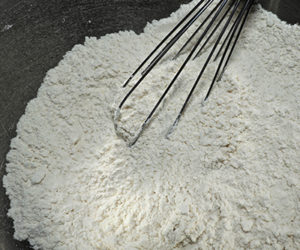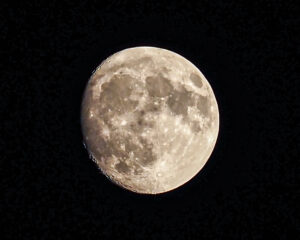 It was quiet. The evening, in its fourth hour of darkness, was enveloped in a sense of serenity. Teetering on the threshold of frost, the chilly air was warmed by small fires in the center of the teepees. Puffs of smoke billowed from the hole at the apex, vanishing into the night. The small, illuminated conical structures paled in comparison to the radiating full October moon. Its brilliance and magnitude gave it a regal aura as it floated amongst the dancing stars and twirling planets. This moon commanded reverence from all those fortunate enough to be in its presence. The night’s silence was broken by the occasional howling of a small pack of wolves, as though their song of praise.
It was quiet. The evening, in its fourth hour of darkness, was enveloped in a sense of serenity. Teetering on the threshold of frost, the chilly air was warmed by small fires in the center of the teepees. Puffs of smoke billowed from the hole at the apex, vanishing into the night. The small, illuminated conical structures paled in comparison to the radiating full October moon. Its brilliance and magnitude gave it a regal aura as it floated amongst the dancing stars and twirling planets. This moon commanded reverence from all those fortunate enough to be in its presence. The night’s silence was broken by the occasional howling of a small pack of wolves, as though their song of praise.
Today marked the end of a full week of festivities celebrating the return of the earth’s nightly companion. The celebration, held every October, was especially significant this year for it marked the 200th anniversary of the moon’s return. The week’s jubilant events, consisting of ceremonies, feasts, dancing, and athletic contests, tired the village’s people, who now lay slumbering beneath the big, round, glowing guest of honor.
Only one stirred. Running Wolf had been to fourteen Return of the Moon celebrations, although she had no recollection of the first few. With energy still soaring through body and mind, she tossed restlessly. Unanswered questions about the disturbing details of the festival’s origins circulated relentlessly in her mind. Overtaken by the taunting queries, Running Wolf slipped into her moccasins, wrapped herself snugly in a red woolen blanket, and pushed through the front flaps of the teepee, entering the cold night. Her lean figure, running effortlessly, was silhouetted by the brilliant moonbeam. With each exhale, she puffed out small clouds that lingered before her.
Soon, she reached the northern-most teepee in the village, a place of honor reserved for the oldest, wisest tribal elder. Sing Owl lay tucked inside with vivid, often prognostic dreams floating through her slumbering mind, while emitting a few intermittent, staccato snores. A very long life and an inquisitive nature gave her the insight and wisdom she now has.
Running Wolf knelt beside the protective flap of hide that served as the teepee’s door. Mimicking the howl of a wolf to announce her presence, she awakened the elder. Singing Owl sat straight up, immediately recognizing the call of her young friend. Her single long braid, mostly gray with sparse evidence of her once black hair, draped over her right shoulder. Her wiry, thin body and sparkling eyes gave Singing Owl the appearance of being much younger than her advanced 132 years. Although her mind was still as active and curious as in her youth, her body exhibited signs of aging. Nonetheless, Singing Owl greeted each new day with a prayer, followed by a slow run through the surrounding forest to take a dip in the nearby stream. A ritual since childhood, Singing Owl occasionally shares the routine with Running Wolf.
“What are you doing up this late?” Singing Owl asked her friend, glancing at the sky to check the time. “Ah. Something is bothering you.” Singing Owl nodded before Running Wolf uttered a word.
“It’s the Return of the Moon Festival,” blurted Running Wolf. “I want to know what it really means. I understand it’s to honor our magnificent moon’s reappearance, but why,” she pleaded, “why did it disappear for so long?” Read more

